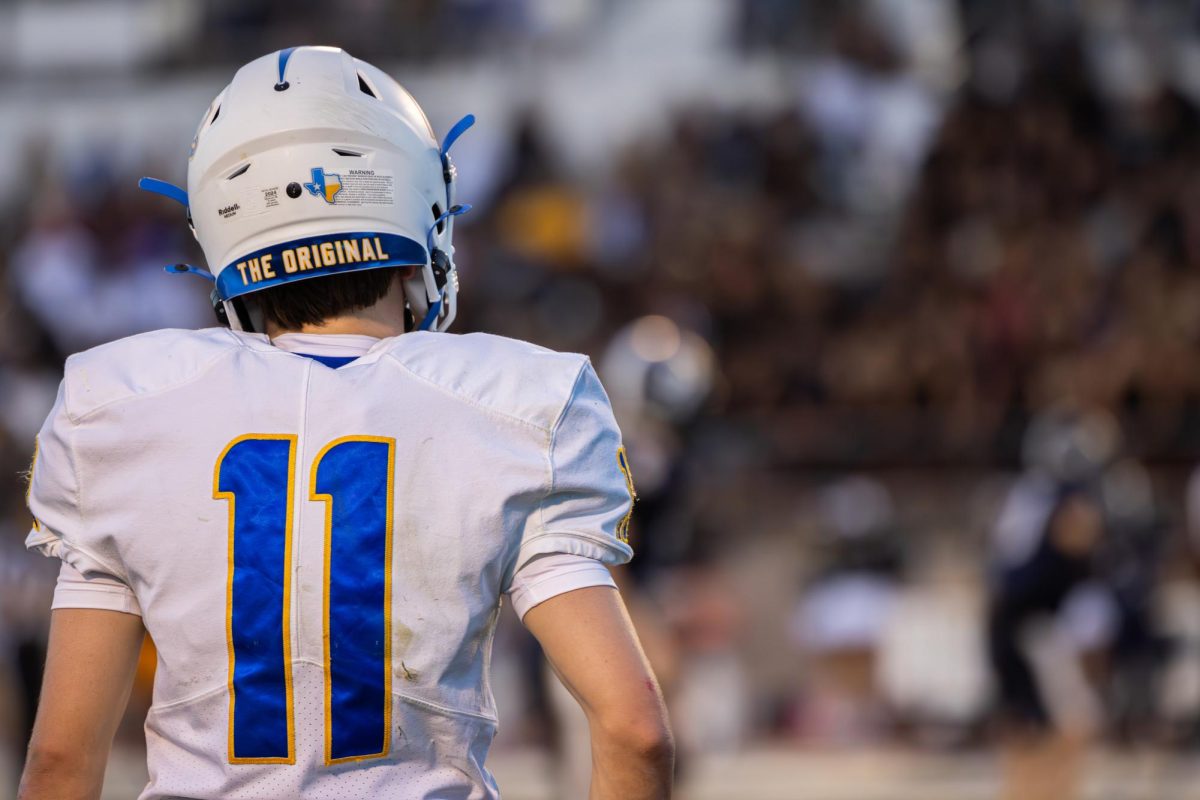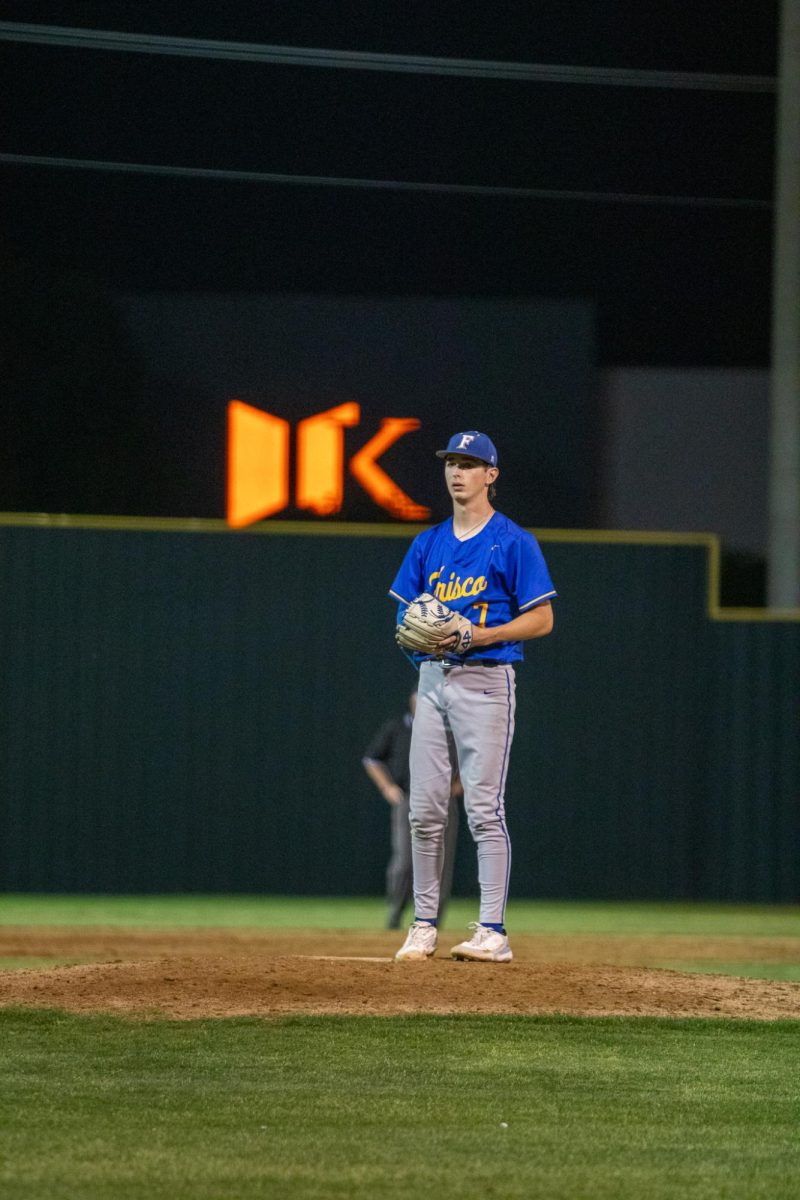As of the 2024 season, the NFL officially announced that players would be permitted to wear guardian caps in regular season games. Guardian Caps are an outer shell of soft padding that attach to the outside of a player’s helmet. These are designed to soften the impact of helmet-to-helmet contact.
Guardian caps were first released in the NFL in 2015 for professional athletes to try out in practices. After researching the effects they were found to absorb 10% of the force from a collision and reduce the rate of concussions by 52%, according to NFL Senior Vice President for Health and Safety Jeff Miller.
According to FISD athletic policy, athletes are permitted to wear them in practices only, and many players, like defensive lineman Corey Bolds, ‘25, wanted to try it.
“A guardian cap protects your head and your brain,” Bolds said. “They are very important in my opinion. That’s why I decided to try it, because it’s protecting you.”
While wearing the helmet, Bolds saw many benefits.
“It helped out, because it’s padding so when somebody hits you, it doesn’t really hurt that much at all,” Bolds said. “We can’t obviously wear it during games, but in practice, it was very helpful. When we bump heads in practice with a teammate, it saves that energy for Friday nights.”
Despite its ability to help reduce pain from collisions, there are conflicting opinions about its long term ability to prevent concussions and concerns about the guardian caps’ appearance.
“In NFL games, some of the people wearing them, you can definitely see the added layer on top,” said campus athletic coordinator and head football coach Jeff Harbert. “But it’s just one of those deals, if safety is your primary concern, then the look really doesn’t matter that much.”
Lead student athletic trainer Chloe Cheong, ‘25, took her passion for sports medicine and chose to research guardian caps’ effectiveness and alternative designs as a part of her work for the Independent Study and Mentorship (ISM) class.
“I’ve done research on it, because I thought, ‘what if we can build the padding directly into the helmet?’,” Cheong said. “Maybe that would be better, but there’s not a lot of room to add extra inside the helmet, because it’ll make it heavier, and that’s not what people want.”
Taking a different approach and transitioning from physical padded protection to technological protection, a new helmet, the Riddell Axiom with InSite technology was built with sensors inside that detect the force of impact during collisions. It was released in the fall of 2022 and many athletes have tried this helmet out instead of guardian caps.
One of the biggest appeals is that the Riddell Axiom offers valuable information that can help team doctors prevent injuries by being proactive and watching impact forces. This can be especially helpful in protecting athletes who have already had concussions, avoid getting injured again, and avoid being put at risk for second impact syndrome and other lasting traumatic brain injuries.
“It has technology built into it, like sensors that detect the linear and rotational forces of the head in real time and send that data to the sports medicine team on the sideline,” Cheong said. “They can log if a linear force was really hard, and decide if they should put the athlete through concussion protocol. I think this helmets’ more of a feasible option, because the testing done on guardian caps has proven that it’s maybe not the most effective, and it might not actually be the solution.”
However, with the upgraded design and technology on the Riddell Axiom it is almost eight times the price. Where guardian caps range from $65 to $150, the Riddell Axiom helmets range from $700 to $800.
“From the guys that have used it, we’ve gotten really good feedback but it is a $800 helmet,” Harbert said. “The expense is quite a bit more, but if it adds another layer then it’s worth the cost. You’re talking about your brain and your future playing football. It’s hard to put a price on that.”







